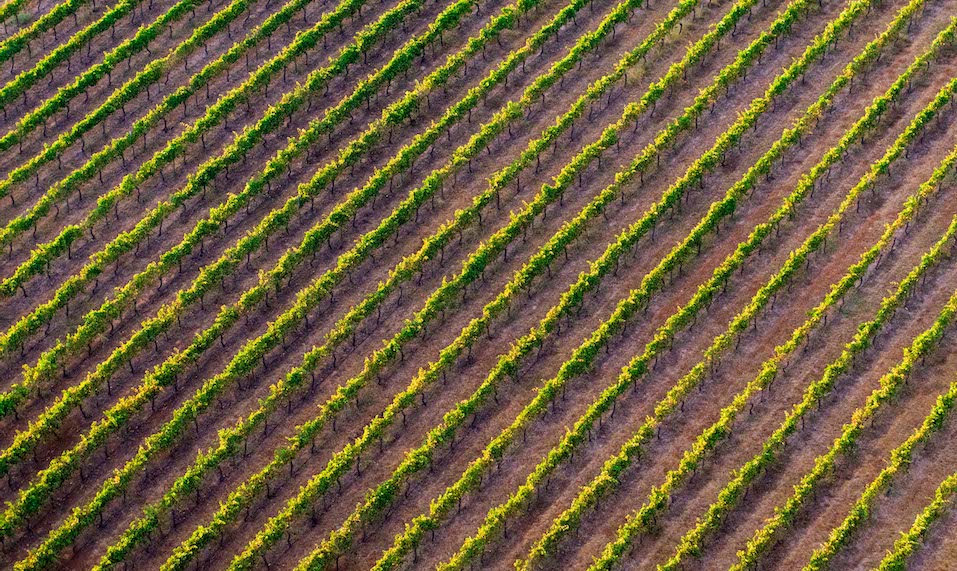
Orange Wine Region
What makes the Orange Wine Region so interesting?
The unique viticultural region of Orange, in the Central Tablelands of New South Wales, is the only Australian region (possibly the only region in the world) that is defined by elevation above sea level. The 600 metre contour that surrounds the iconic Mt Canobolas (1,395 metres above sea level) is the minimum elevation for the region. The highest vineyards are located at 1,100 metres. The Orange region is a genuine cool climate grape growing area. So how is a cool climate defined? There are a number of technical parameters that are used to indicate a cool grape growing climate such as heat degree days, mean January/July temperature, sunshine hours, relative humidity or whether it happens to snow in winter (when the vines are dormant). Uniquely, in Orange, all of these parameters are influenced by elevation above sea level. With every 100 metre rise in elevation, air temperature is said to decrease by 0.6°c.


Therefore, the difference between where Printhie grows cabernet sauvignon (620 metre) and where we source sauvignon blanc (1,020 metres) is 2.4°c – this is highly significant in grape growing. Quite simply, cabernet sauvignon would fail to ripen at 1,020 metres and sauvignon blanc would be rather insipid at 620 metres. The difference between a sea level vineyard site and our sauvignon blanc site would be a whopping 6.0°c. Add to that the fact the Orange has a temperate climate due to its inland location, where the overnight temperatures are not moderated by a large body of water and are much colder. Therefore, each morning, it takes longer for the air temperature to warm up and for the vines to start photosynthesizing and as a result we have a much cooler climate for the grapevines to grow.
Over the duration of an entire growing season, a cool climate is one where the variety is on the margins of consistently being ripe in most years. The fascinating aspect of the Orange region is the range of elevations and variations in climate. Therefore, there is essentially, a cool climate for most varieties, from the earliest ripening (chardonnay, pinot noir – best at higher elevations) as well as for the latest ripening varieties (cabernet sauvignon – best at lower elevations). This is why Printhie has avoided the “fruit salad” approach to viticulture where every variety is planted in the one location. We attempt to source particular grape varieties from vineyards where the variety/vineyard site match is considered to be optimal and each variety is grown in its appropriate cool climate. Printhie is able to take full advantage of the natural variations that occur within the region by having vineyards in three separate locations and this is crucial to producing high quality, distinctive wines.


Ultimately, cool climate growing conditions are expressed in the style of wine produced from the vineyard site. Aromas and flavours will be expressed with complexity and intensity, the acidity will be natural, bright and fresh. Chardonnay grown at 600 metres will be quite different from chardonnay grown at 1,000 metres not only in aroma and flavour but in palate structure as well.
